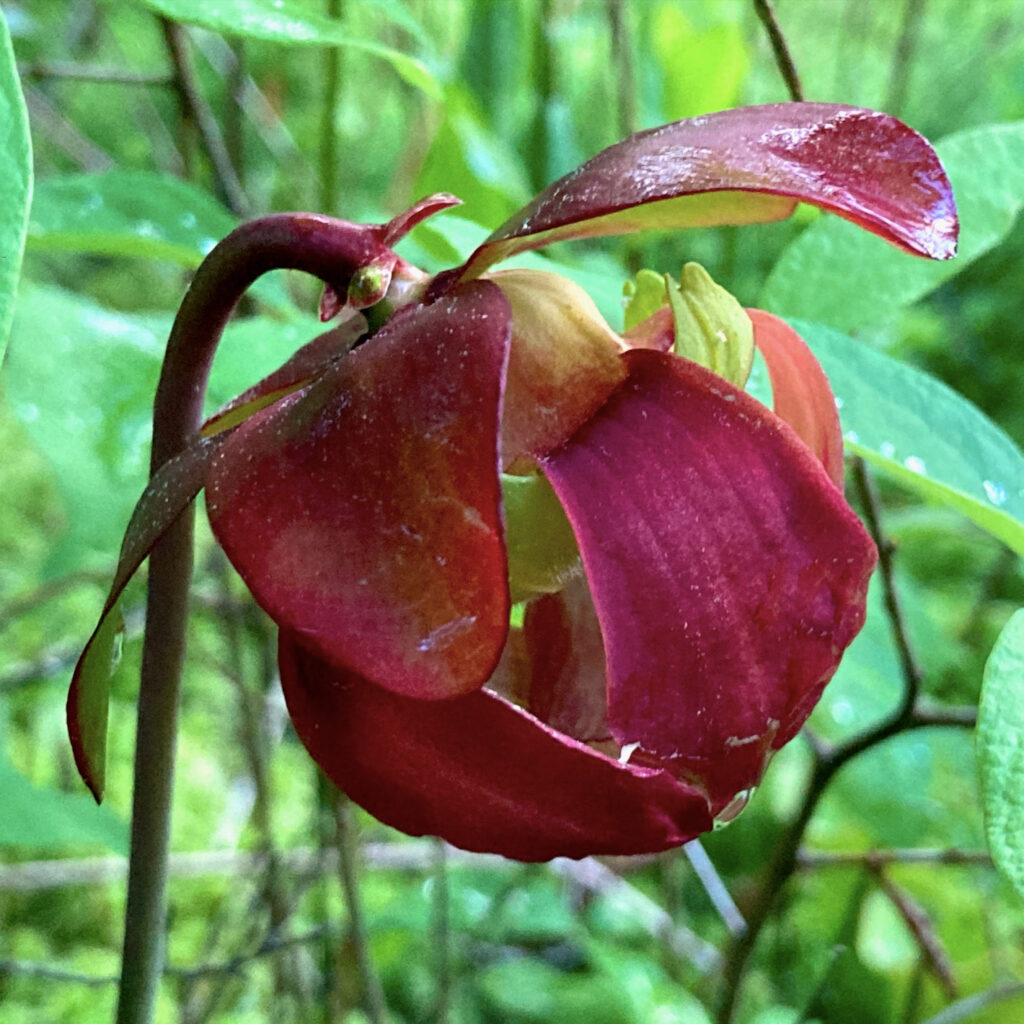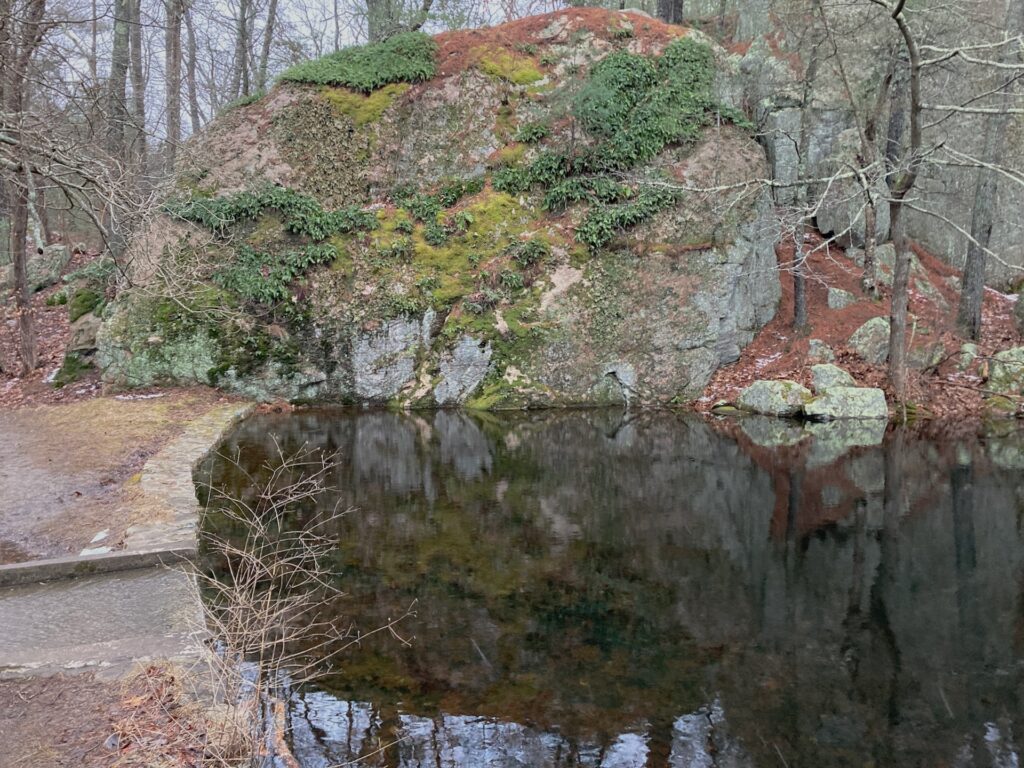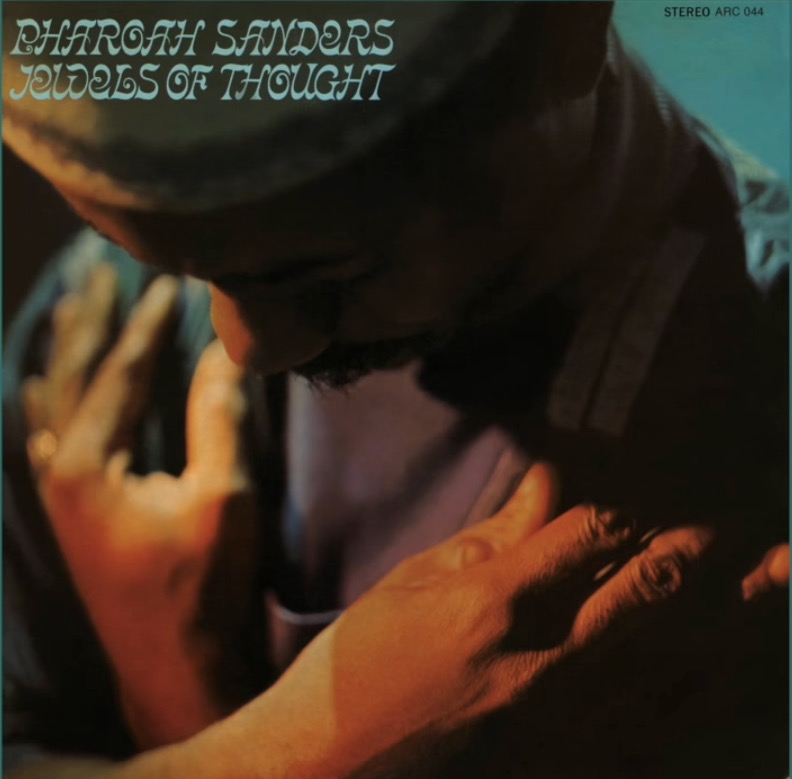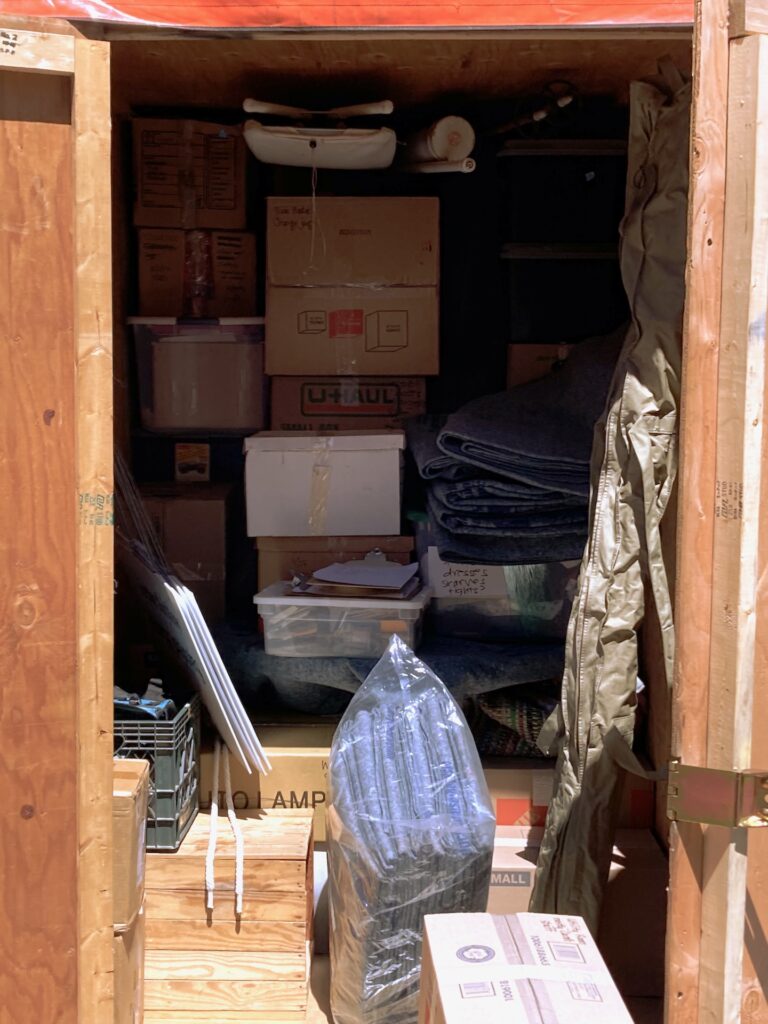I was buying books online from Seminary Coop Bookstore when I stumbled across a 2021 biography of Kurt Godel. My one exposure to higher mathematics was an undergraduate course in mathematical logic where the professor took us through the proof of the first of Godel’s two incompleteness theorems. Although I got a mediocre grade in that class, it was one of the highlights of my undistinguished undergraduate career. Maybe it would be fun to read a biography of Godel.
The biography was Journey to the Edge of Reason: The Life of Kurt Godel by Stephen Budiansky. I looked it up on Kirkus Reviews, which gave it a good review, calling it an “outstanding biography of a man of incomprehensible brilliance.” I ordered the book.
The biography opens with a kind of cheesy prologue telling of Godel’s conversations with a psychiatrist he was seeing towards the end of his life. The prologue ends on page 7 with Godel’s death. I didn’t think much of the proluge, but I wanted to know about Godel, so I decided to plow on with the rest of the book.
From page 7 to page 42, I learned nothing about Kurt Godel. Instead of telling us about Godel’s childhood, Budiansky gives a precis of the political and intellectual history of Austria and central Europe in the early part of the twentieth century. Then there are a few pages devoted to the ostensible subject subject of the biography — before the author turns away from Godel once again to write about early twentieth century central Europe. Thus, we learn almost nothing about Godel’s childhood.
Well, I thought, maybe there just aren’t that many sources about Godel’s childhood. That’s a common problem for biographers. Once Godel enters college, surely Budiansky will spend more time writing about Godel. But we actually get very little about what Godel was like in college, and a great deal about the people Godel met in college. I began to feel as though Budiansky either didn’t know anything about Godel, or maybe preferred not to write about Godel for some personal reason.
By page 97 — after a somewhat pointless digression about Ludwig Wittgenstein that went on for several pages, while again telling me nothing about Godel — I was growing bored. I skipped ahead to see what Budiansky had to say about Godel at the time he came up with his incompleteness theorem. Once again, it felt to me as though Budiansky wasn’t telling me about Godel himself, nor about Godel’s thought, but instead only about the milieu around Godel. It was also clear that Budiansky knew about as much as I did about Godel’s most famous theorem (i.e., not much), so I wasn’t even going to get an insight into the man’s intellectual achievements.
I’m giving up on the book, at least for now. Perhaps what I’m really looking for is more of an intellectual biography. Two of my favorite biographies are Ruth Crawford Seeger: A Composer’s Search for American Music by Judith Tick, and Hans-Georg Gadamer: A Biography by Jean Grondin; both these biographies were written by people who had expertise in their subject’s field, and could write intelligently about their subjects’ accomplishments. But additionally, both these biographies also center their focus on their subject. Budiansky doesn’t seem to know much about mathematical logic, nor does he seem to be able to keep his biography centered on Kurt Godel.
All this goes to show that you can’t always trust Kirkus Reviews.




